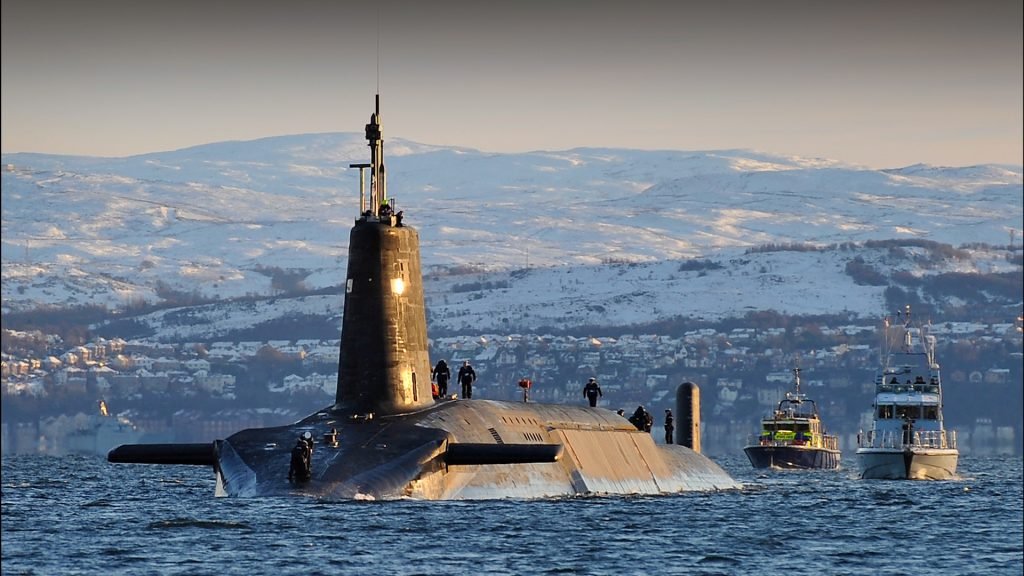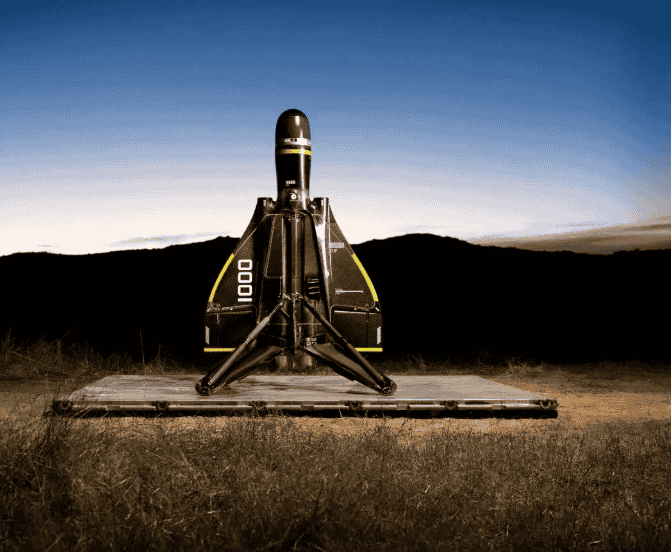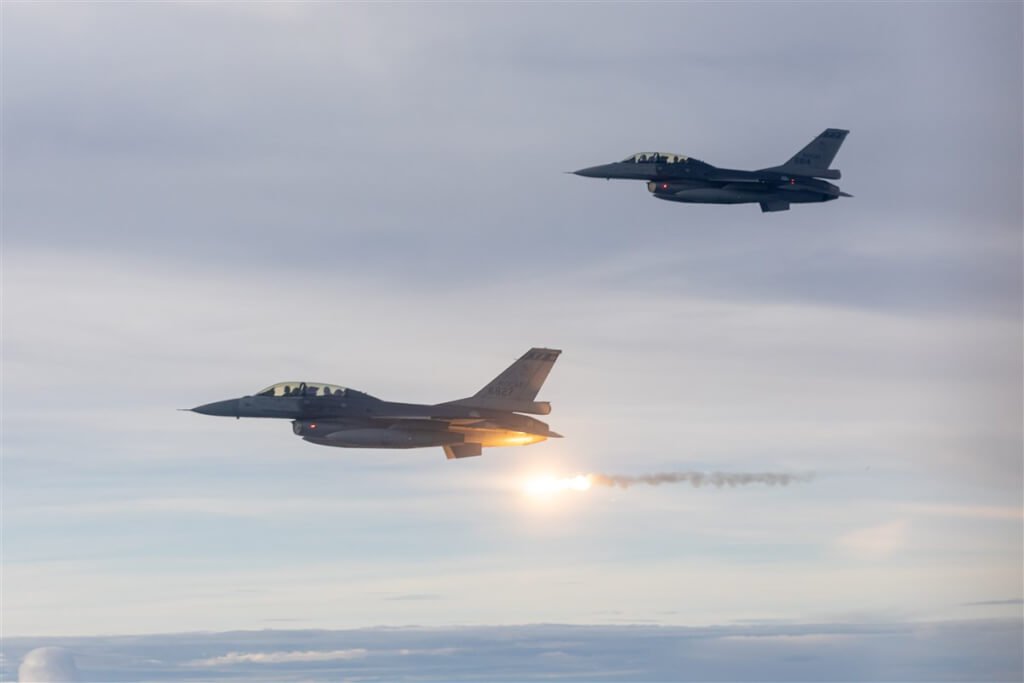The safety and reliability of the UK’s nuclear submarines are of the utmost importance, and any failure in the system must be investigated and rectified as a matter of urgency. The recent news of civilian staff using glue to fix broken bolts in a nuclear reactor chamber on the HMS Vanguard has raised serious concerns about the safety and security of the country’s defense capabilities.

What Happened on HMS Vanguard?
According to reports, the repairs to cooling pipes on the HMS Vanguard were discovered after a bolt fell off during routine checks. It was reported that the heads of the bolts had sheared off after being over-tightened, but instead of fixing the broken shafts, workers for defence firm Babcock allegedly glued the heads of the bolts back on.
The Royal Navy and Babcock have launched an investigation into the matter, and the submarine has been taken out of service while the investigation is underway.The Use of Glue in a Nuclear Reactor Chamber: Is it Safe?The use of glue to fix a critical component in a nuclear reactor chamber is unacceptable and could potentially lead to a catastrophic event if not addressed properly. A nuclear reactor chamber is a highly sensitive and dangerous environment, and any repairs or maintenance must be carried out with the utmost care and attention to detail. The use of glue in a situation like this is a serious breach of safety protocols and could have devastating consequences if not corrected.
The Importance of Proper Maintenance and Repair Protocols
Proper maintenance and repair protocols are essential to ensure the safety and reliability of the UK’s nuclear submarines. These protocols must be followed rigorously to ensure that the submarines are in good condition and ready for action at all times. Any deviation from these protocols could have serious consequences, and it is the responsibility of the Royal Navy and Babcock to ensure that they are followed to the letter.ConclusionThe safety and reliability of the UK’s nuclear submarines are of the utmost importance, and any failure in the system must be investigated and rectified as a matter of urgency. The recent incident on the HMS Vanguard has raised serious concerns about the safety and security of the country’s defense capabilities, and the Royal Navy and Babcock must ensure that proper protocols and procedures are in place to ensure that such incidents do not occur again in the future. The UK’s defense capabilities are critical to the country’s security, and any failure in the system could have serious consequences.
Specifications of HMS Vanguard
- Class: Vanguard class
- Displacement: Approximately 15,000 tonnes
- Length: 152.9 meters
- Beam: 23 meters
- Draft: 9.7 meters
- Propulsion: One Pressurized Water Reactor (PWR1), one Steam Turbine, one Electric Motor
- Speed: In excess of 25 knots (46 km/h) when surfaced, over 30 knots (56 km/h) when submerged
- Range: Essentially limitless, as long as nuclear fuel lasts
- Complement: Approximately 135 officers and ratings
- Armament: 16 x Trident II D5 nuclear missiles, 4 x 533 mm torpedo tubes
- Sensors: Sonar, radar, passive electronic support measures, periscopes.Electronics: Navigation and communication equipment, computer and combat systems.








